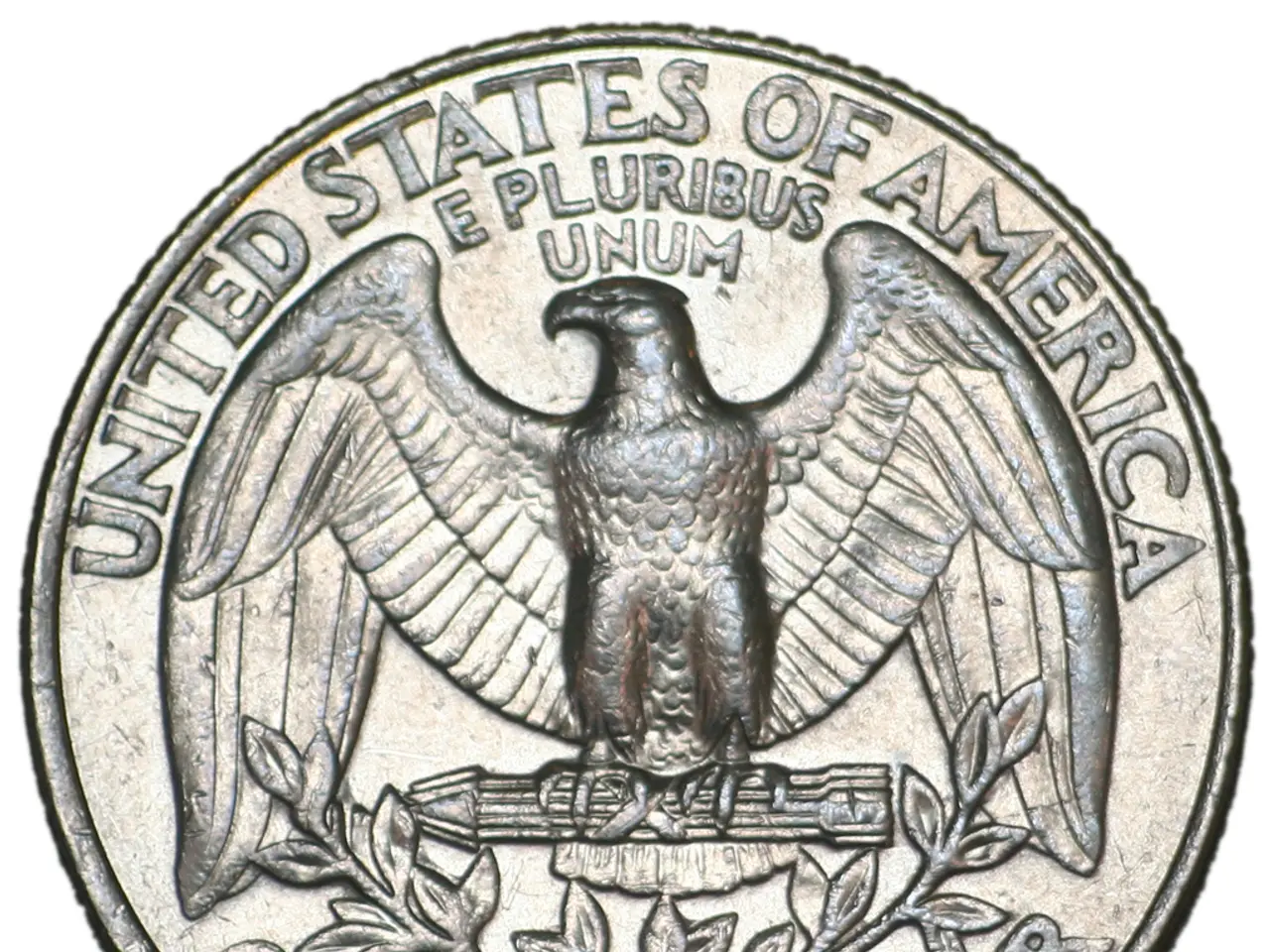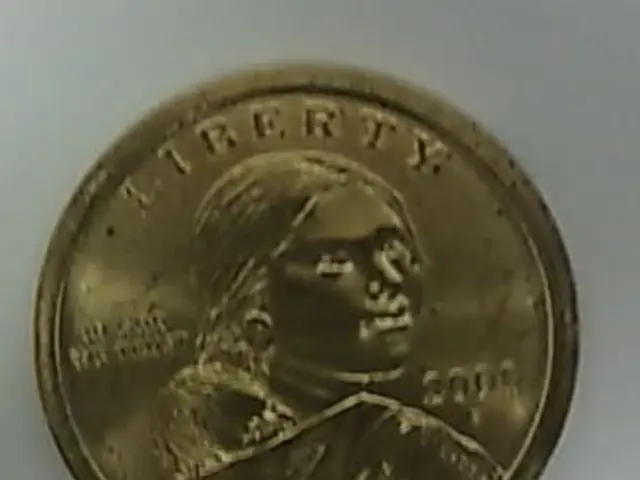Belarusian Ruble Depreciates as National Bank Relaxes Banknote Acceptance
The Belarusian ruble has seen fluctuations against major currencies, with the Russian ruble and china appreciating while the Belarusian ruble depreciated against three currencies on the final day of trading on the Belarus Currency and Stock Exchange (BCSE). Meanwhile, the National Bank has relaxed its requirements for banknotes, accepting any UV light spots or marks.
On October 1, the National Bank announced it would accept banknotes with any UV light spots or marks, a move aimed at improving the circulation of currency. However, many Belarusians have faced difficulties exchanging moldy banknotes due to cashiers refusing them, citing unusual UV light reactions. Andrei Kartun, deputy chairman of the National Bank, has since stated that banks must accept these notes.
In currency markets, the Russian ruble decreased by 0.08%, or 0.3 kopecks, to Br3,6834. Conversely, the Chinese yuan appreciated by 0.35%, or 1.5 kopecks, to Br4,2082. The dollar also increased by 0.57%, or nearly 2 kopecks, to Br3,0056. The euro rose by 0.27% and was up by 1 kopeck, to Br3,5345. On the BCSE, the Belarusian ruble lost value against the Russian ruble, Chinese yuan, and euro.
The relaxation of banknote acceptance criteria by the National Bank aims to facilitate currency circulation. Despite this, Belarusians continue to face challenges exchanging moldy banknotes. The Belarusian ruble has depreciated against major currencies, with the Russian ruble, Chinese yuan, and euro appreciating.
Read also:
- State Supreme Court Rules in Favor of Hogg Hummock Residents, Referendum on Zoning Change to Proceed
- Germany's Coalition Explores Social Security Reforms Amid Record Spending
- chaos unveiled on Clowning Street: week 63's antics from 'Two-Tier Keir' and his chaotic Labour Circus
- Skechers Debuts First American Stores Focused on Athletic Footwear Performance




